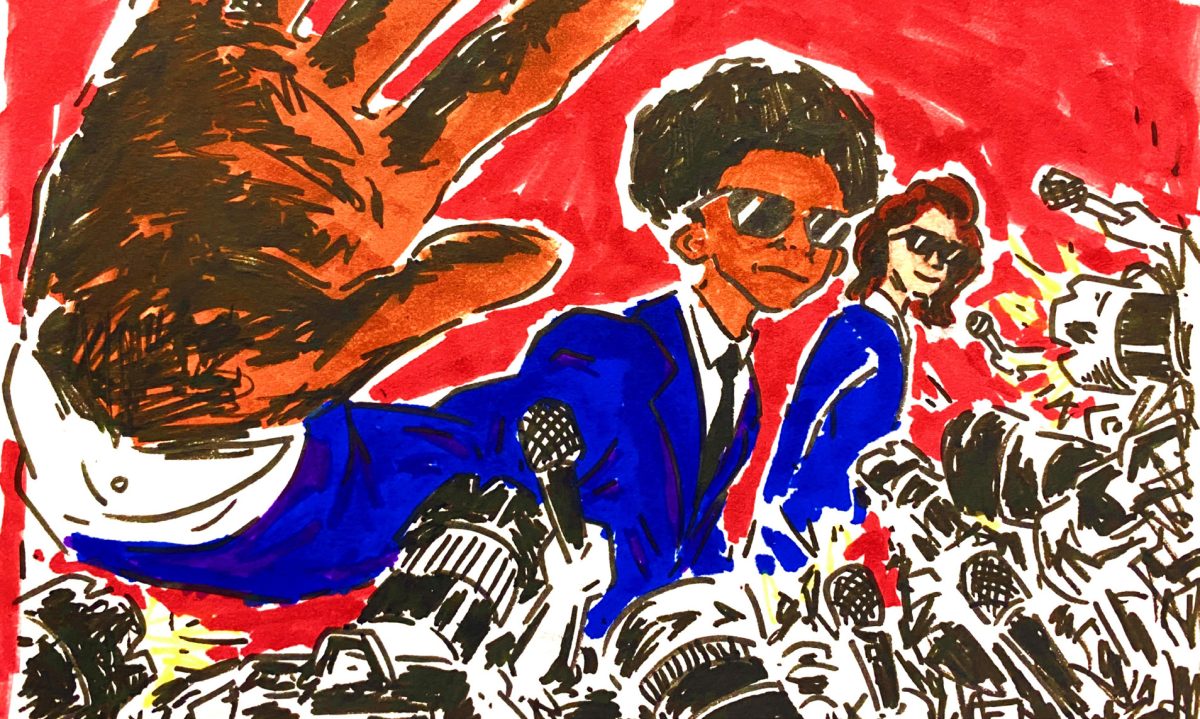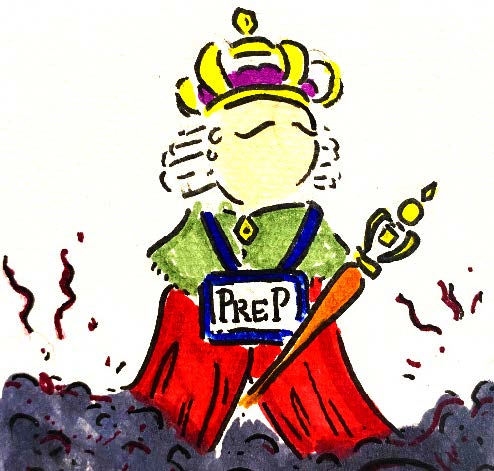Every year, candidates for all school president take the stage (or the screen) and make big, exciting promises. “No Saturday classes!” “Better Dining Hall food!” At this point, they might as well promise “No more school!”—and students would cheer.
But how realistic are these promises?
It’s no secret that many of the claims candidates make during their campaigns are farfetched. While older students may have developed a healthy skepticism after years of watching candidates fail to fulfill their promises, younger students often take these promises at face value. If you’re a Prep or Lower Mid, you’re probably just excited about the idea of change—and let’s be honest, “better food” sounds a lot more exciting than “realistic budgeting and event planning.”
While some candidates are refreshingly honest about their goals and limitations, these voices are usually drowned out by louder, more entertaining ones. This makes elections feel like they are less about capability and more about charisma. Flashy claims, funny taglines, and punchy campaign videos often win more votes than thoughtful answers during Q&A sessions.
Speaking of Q&As, it’s worth asking: do they really help us get to know the candidates? Does our process give every student the chance to fully understand who’s running and what they actually stand for? A few speeches and a slideshow might not be enough to help students make an informed decision, especially when some campaigns lean more into showbiz than substance.
And then there’s the question of how we vote. The system functions more as a popularity contest than a true evaluation of who would be the best president. Students often vote simply based on who they know or who they think is the funniest—not necessarily who’s the most qualified and responsible.
A more fair and effective alternative is a panel-based selection system combined with student input. In this system, a group of diverse students and faculty members would review candidate platforms, speeches, and interviews in depth before narrowing down the pool to the most qualified candidates. Then, the entire student body could vote on the finalists. This approach would ensure that candidates are chosen not just for their popularity or rhetorical skills, but for their ideas, plans, and leadership potential.
At the end of the day, all-school president elections should be about choosing the leaders who can represent the student body most fairly and effectively—not just the ones who “promise” the outrageous things we want to hear. But as long as flashy promises and popularity rule the day, the real potential of student leadership will keep getting buried beneath the hype.






